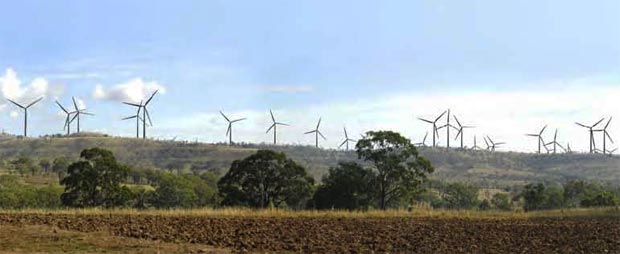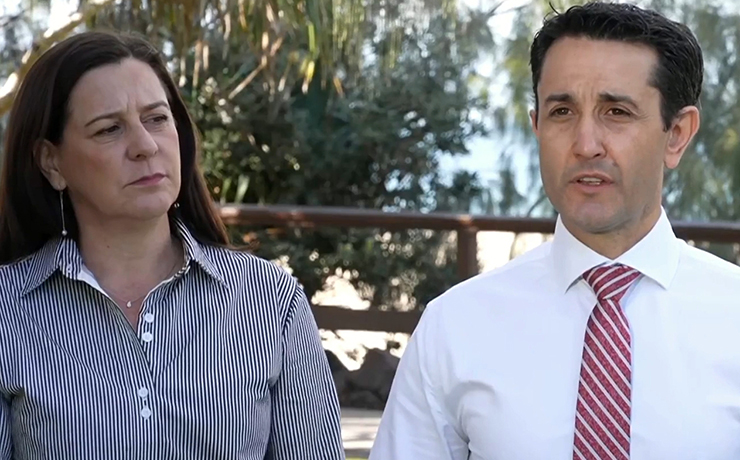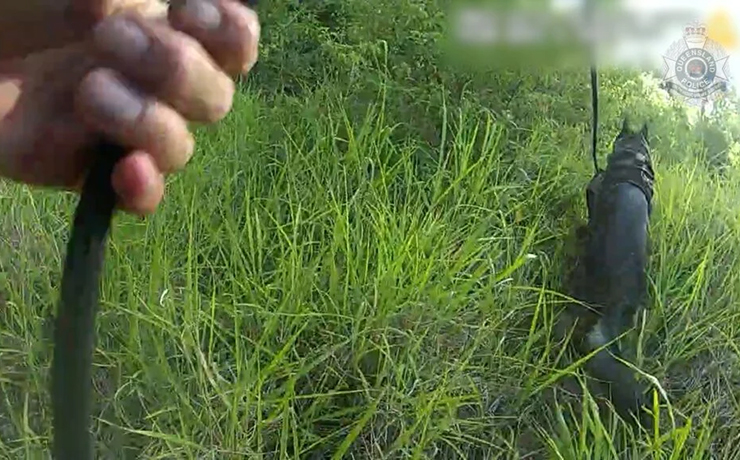
August 16, 2012
The South Burnett Regional Council will continue to apply pressure to the State Government to update State Planning Policy on wind farms.
The Council also wants to see the government add a requirement to the Policy that no wind farm turbine can be located within 2km of a residence, in order to minimise any possible health impacts from wind turbine noise pollution.
But the Council will not support a submission by the Cooranga North Concerned Citizens Group to the Minister for Environment and Heritage Protection calling for wind farms to be included on the list of Environmentally Relevant Activities (ERAs) in the Environmental Protection Act, 1994.
This is because the SBRC believe that while wind farms generate noise pollution, that pollution would be much easier to control (through a 2km buffer zone) than pollutants generated by other ERA-controlled activities such as feedlots, spray painting shops and chemical storage facilities.
The subject of wind farms – in particular, the proposed Cooper’s Gap Wind Farm on the western boundary of the South Burnett – consumed a large block of time at yesterday’s monthly council meeting.
Councillors were told that the Cooranga North Concerned Citizens Group had approached the SBRC to support its submission to have wind farms declared an Environmentally Relevant Activity.
If accepted, this proposal would give the Council enforcement powers if Coopers Gap proved to be non-compliant when built.
The Group held the view, Councillors were told, that an industry must be regulated in order to protect public health. And an authority must have the power to enforce that regulation.
This is something no Queensland local authority has in regard to wind farms at the present time.
But the topic raised considerable debate among Councillors, with some saying they thought wind farms were clean and green and produced no real pollution, while others said that noise pollution from wind turbines was a real pollutant, and one that needed to be regulated.
However, the majority of Councillors took the view that the State Government would be the best regulator for wind farms.
They felt that adding them to the ERA list would pose an unnecessary extra burden on the Council and one that it lacked the necessary technical expertise to effectively police.
Related articles:






















